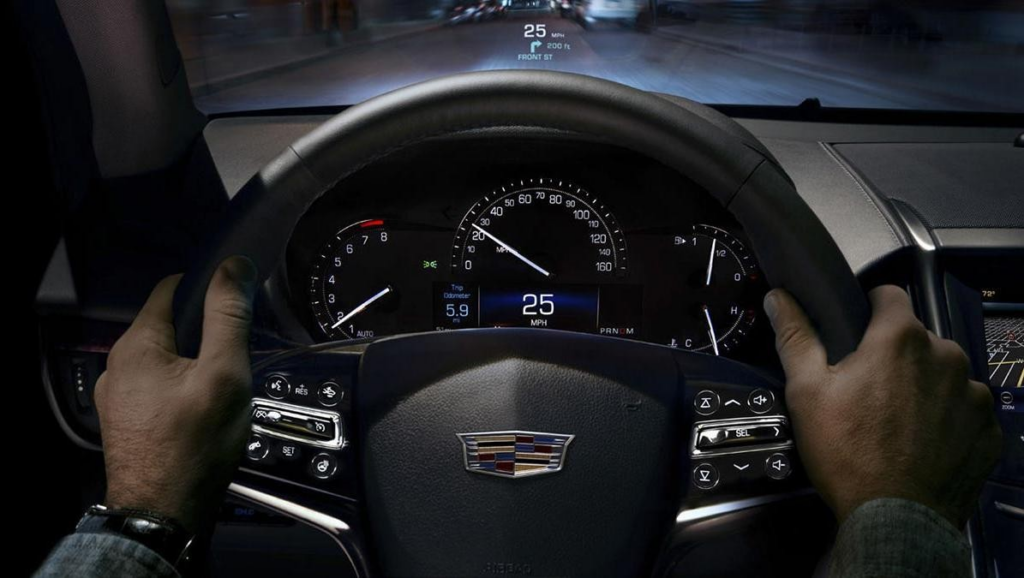Did you know cars can get ‘sick’ too? Yes, it need’s medication.
Ever felt your steering wheel shake like it has a mind of its own?
That vibration isn’t just annoying—it’s your car trying to tell you something important!
🚗 Our love for our car is unconditional—it’s our trusted companion on every journey! To keep that bond strong and ensure a smooth ride, here comes a solution without which you can’t image how worse situation can get.
After all, can you even imagine life without it?” ❤️✨
🧮✨ “Way easier than solving a math problem—this fix takes just 5 minutes, and you’re back on the road hassle-free!” 🚗💨

Don’t wait until the vibration turns into a serious problem!
Check your tires, get a wheel alignment, and inspect your brakes.
Common Causes of Steering Wheel Vibration
1. Unbalanced or Misaligned Wheels
One of the most frequent culprits is wheel imbalance. If your wheels are not properly balanced, they create uneven tire wear, leading to vibrations, especially at highway speeds. Similarly, misaligned wheels cause your car to pull to one side, making the steering wheel shake.
💡 Fix: Get a wheel alignment and balancing check.
2. Worn-Out Tires
Tires that are bald, have uneven tread wear, or suffer from sidewall damage can cause vibrations. If the problem worsens over time, your tires may need replacement.
💡 Fix: Regularly rotate your tires and replace them if needed.
3. Brake Issues
Do you feel the vibration mainly when braking? This often indicates warped brake rotors. Over time, excessive heat can cause the rotors to become uneven, leading to a pulsating sensation in the steering wheel.
💡 Fix: Inspect your brake rotors and replace them if they are warped.
4. Suspension Problems
If your car shakes even at low speeds, suspension components like tie rods, ball joints, or control arms could be worn out. These parts help maintain stability, and when they become loose, vibrations can be felt through the steering wheel.
💡 Fix: Have a mechanic inspect your suspension system for worn or loose parts.
5. Damaged Axles or CV Joints
If you’ve recently hit a pothole or curb, a bent axle could be the issue. Worn CV (constant velocity) joints can also cause vibrations, especially when turning.
💡 Fix: Get your axles and CV joints checked, especially after a strong impact.

Steps to medicate your car 🚗💨
1️⃣ Check Tire Balance & Alignment
🛞 Issue: Unbalanced or misaligned wheels cause vibrations at high speeds.
🔧 Fix: Get a wheel balancing and alignment check at a service center.
2️⃣ Inspect Tire Condition
🚨 Issue: Worn-out, uneven, or damaged tires contribute to shaking.
🔄 Fix: Rotate your tires regularly and replace any that are excessively worn.
3️⃣ Examine Brake Rotors
🛑 Issue: Warped or uneven brake rotors cause vibrations when braking.
🔩 Fix: Resurface or replace damaged rotors for smoother braking.
4️⃣ Check Suspension & Steering Components
⚙️ Issue: Loose or worn parts like tie rods, ball joints, or control arms affect stability.
🔍 Fix: Have a mechanic inspect and replace any faulty components.
5️⃣ Inspect Axles & CV Joints
🔄 Issue: Bent axles or worn CV joints cause vibrations, especially when accelerating or turning.
🛠 Fix: Repair or replace damaged parts if needed.
6️⃣ Tighten Loose Lug Nuts
🔩 Issue: Loose wheel nuts can make the wheel wobble.
✅ Fix: Use a torque wrench to ensure all lug nuts are properly tightened.
7️⃣ Check Engine & Transmission Mounts
⚡ Issue: A faulty engine or transmission mount can cause vibrations when idling or accelerating.
👨🔧 Fix: Get them inspected and replaced if necessary.
🚀 Final Step: Get a Professional Inspection
If the vibration persists after these checks, consult a certified mechanic for a thorough diagnosis. Keeping up with regular maintenance will prevent future issues and ensure a smooth, safe ride! 🚘✨
🚗 Final Thoughts: Smooth Ride, Safe Drive! 🚘
Steering wheel vibrations are more than just a minor annoyance—they signal potential issues with your tires, brakes, suspension, or even engine components. Ignoring them can lead to costly repairs or even safety hazards on the road.
By identifying the root cause early and following the right steps—checking tire balance, inspecting brakes, tightening loose components, and seeking professional help when needed—you can ensure a smooth, stable, and safe drive every time.
💡 Don’t wait until the problem gets worse! Regular maintenance and timely repairs will keep your car in top shape and your drives stress-free. 🚦✨